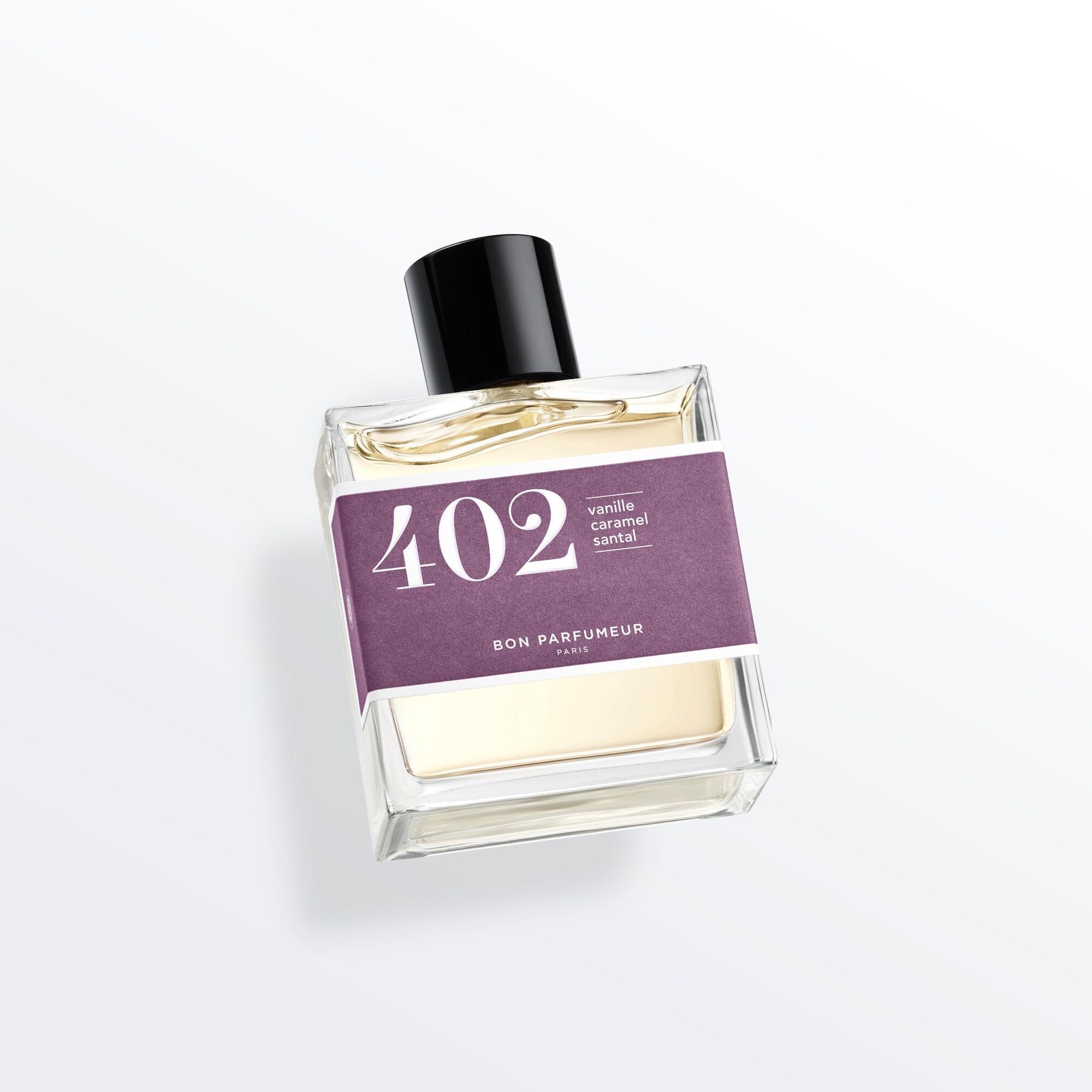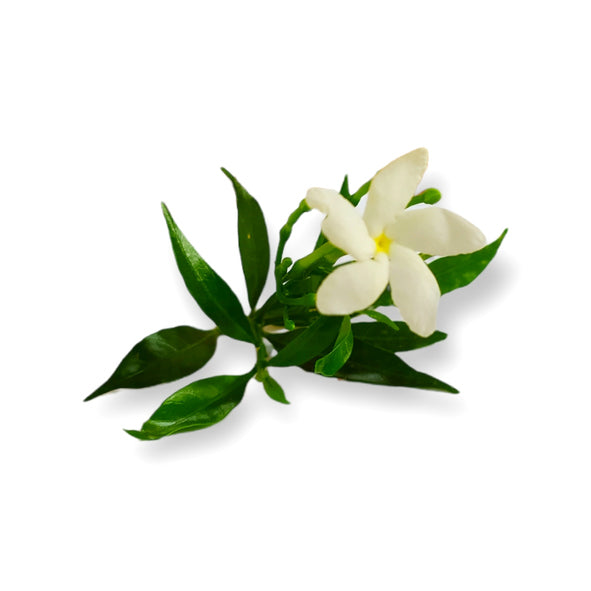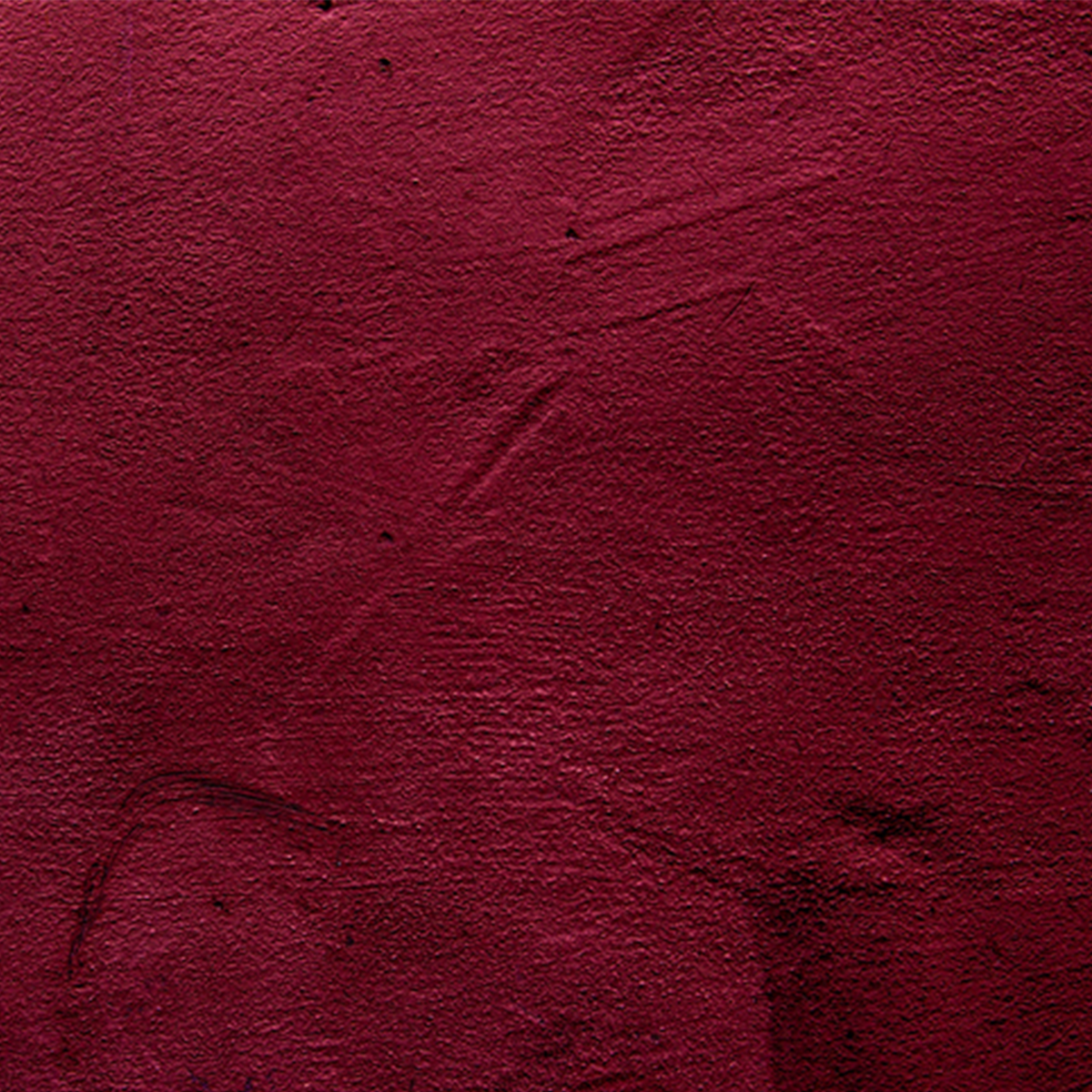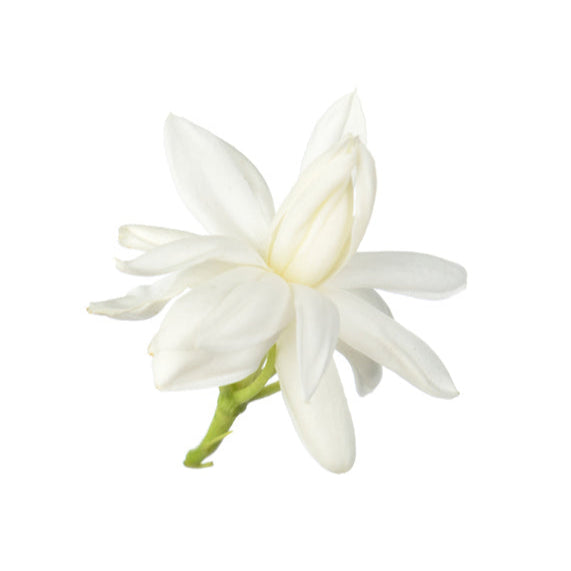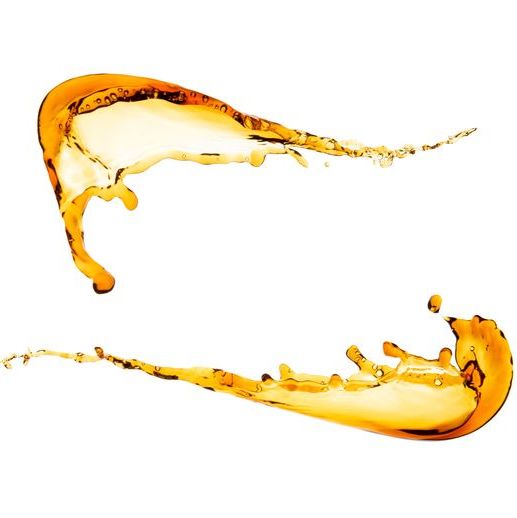In the beginning...
Rose Centifolia, etymologically “a hundred leaves”, is a variety of rose renowned for the abundance of its leaves and petals, which can reach up to a hundred in number, as well as for its powerful fragrance. The name dates back to before the work of the botanist Linnaeus, where the distinction between petal and leaf had not been made. It is also known as “Rose de mai” or “May Rose” (as it only blooms in May) and “Rose of Provins”. It first appeared in the 16th century in the Grasse region of Southern France, famous for its leading role in the perfume industry. It is thought to have originated from a mutation of the Gallica rose (originally from the Caucasus towards Iran).As soon as it was introduced in perfumery, the Rose Centifolia won the admiration of noses for its rich and delicate fragrance. It quickly became a must-have star in the gardens of Grasse. It gradually won the hearts of perfumers worldwide and became one of the most prized ingredients in their creations.
Growing the Rose Centifolia
Grasse, located in the South of France, combines a mild Mediterranean climate with fertile soil, and is particularly renowned for the cultivation of perfume flowers (rose, jasmine, tuberose, etc.).Morocco, Tunisia, and India follow suit, where climatic conditions are similar to those in the French region, enabling high quality roses to be grown.Growing Rose Centifolia is a meticulous process that requires special attention to guarantee the quality and purity of the floral fragrance. The plant requires well-drained soil and plenty of sun exposure to thrive. Planting generally takes place in autumn to allow the roots to establish themselves before spring blooming. The pruning of the rose takes place over winter (usually in January), while blooming takes place in May.Rose Centifolia is harvested at dawn, when the petals are full of essential oils and the fragrance is at its peak. Flowers are selected and picked by hand to preserve its integrity and its scent. It is extracted from the rose while still fresh, before being placed in a linen apron.
What do you know about the Rose Centifolia in perfumery ?
Once harvested, the roses are transported to the factories during the day for the extraction of essential oils and absolutes.
The most common extraction method for Rose Centifolia is volatile solvent extraction because it offers a better yield than steam distillation.As a result, Rose Centifolia absolute is used more than essence. Nevertheless, the yield remains very low because 12 tons of Rose Centifolia petals are needed to obtain a kilogram of absolute.Once extracted, the Rose Centifolia fragrance is honeyed and spiced with fruity nuances of lychee. It contains green and aromatic notes.
Rose Centifolia is fruitier than the Damask rose, the most used rose in perfumery.The use of Rose Centifolia is regulated, as it contains molecules that can be allergenic when present in large quantities. In any case it is used sparingly in perfumes due to its price. A small touch however brings a lot of depth, dimension, and complexity to a composition.
In conclusion, Rose Centifolia occupies a privileged place in the world of perfumery, thanks to its centuries-old history, its enchanting scent, and its continued presence in some of the most prestigious creations of the perfume industry. The Rose Centifolia is a heart note, meaning that it can be smelled as the perfume evolves.
Its power keeps it alive for as long as the base notes which is usually a couple of hours.
Famous perfumes with Rose Centifolia
• Chanel - Chanel N°5 : One of the world’s most iconic fragrances, Chanel N°5 contains Rose Centifolia, which contributes to its elegant floral signature. Created for the Chanel house in 1921, this fragrance is like a custom-made perfume, composed by Ernest Beaux for Gabrielle Chanel and all the clients of the Chanel house. Its originality has made it an iconic fragrance.Chanel perfumers have created new interpretations of N°5 since the original version, such as L'Eau N°5 which is fresher and still as floral, blending different flowers including the rose.
• Rose Saltifolia - Maison Crivelli : This creation is built around Rose Centifolia, combined with marine notes of algae to obtain an iodized rose.
Creating a fragrance around rose is common and the richness of the rose means it can be interpreted in different olfactory universes.
However, the rarity of Rose Centifolia means that not all houses can introduce it in large quantities in their perfumes. Some perfumers offer tailor-made fragrances in which they can dose it in larger quantities.
At Bon Parfumeur discover several fragrances composed of rose: Eau de Parfum 101 and Eau de Parfum 106 contain Damask rose which offers a spicier, sweeter profile.
The 101 offers a fresh whirlwind at the top. The freshness of bergamot, the cold spicy aspect of cardamom, and the aromatic touch of lavender. At the heart, the rose asserts itself. The floral and delicate notes of lily of the valley and sweet pea calm the fragrance. The smoky patchouli emerges, standing up to the floral bouquet.
The 106 takes you on a journey to the fields of the Damask rose. At the top, candied fruits with sweet davana. Two roses at the heart. One floral and fruity. The other, more honeyed. At the base, the Peru balsam, the sandalwood, and the vanilla which is like a grand bed that would mold to the contours of the fragrance.

